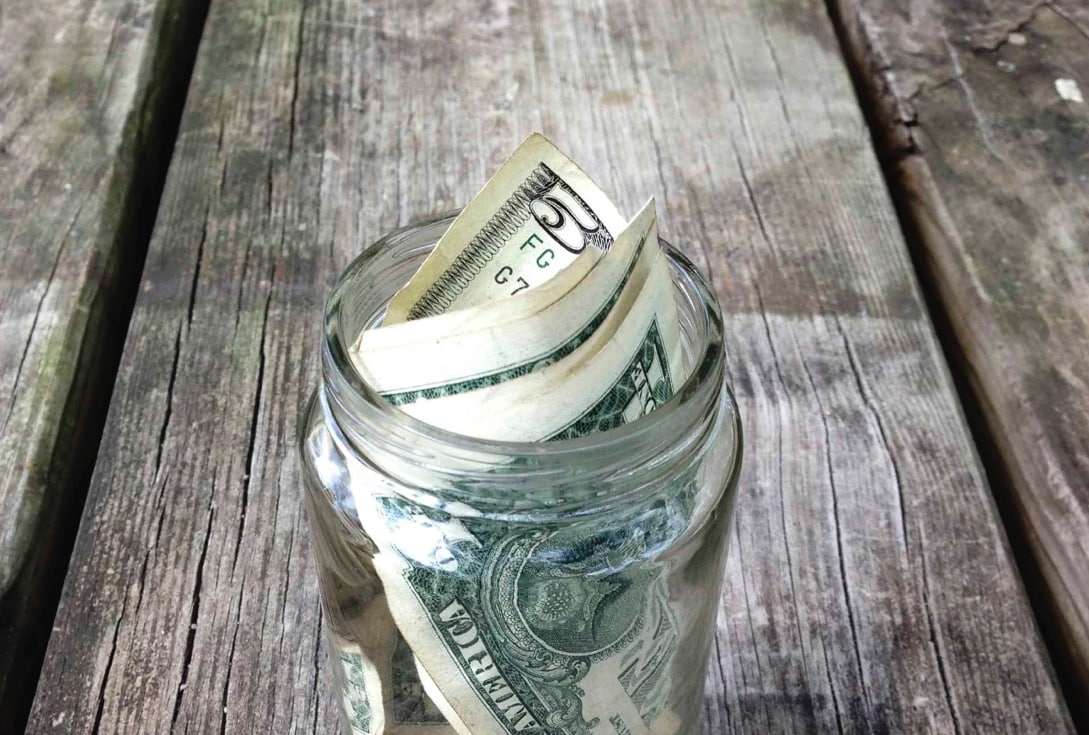
Modern knowledge on managing and
maximizing your personal finances.
Offers Carousel
-
What Is Credit Card Reconsideration?
-
How Long Does Bankruptcy Stay on Your Credit Report?
-
What Is Identity Theft Monitoring?
-
How Much Savings Should You Have?
-
30 Basic Safe Travel Tips for Traveling Abroad
-
How Fed Rate Changes Impact Your Credit Card Interest Rate
EXPLORE TOPICS BY LIFE EVENT
WHAT’S NEW
Multi-Card Carousel
-
-

7 Alternatives to Consider Before Taking Out a Payday Loan
Each year, Americans take out millions of payday loans as a quick way to get cash. But these loans are costly, and there may be better alternatives.
-

Can You Get a Loan Without a Job?
Need a loan but don’t have a job? Getting one may be hard but not impossible. Before applying, consider whether a loan is the right financial move.
-

How to Save a Few Dollars Every Month with a Credit Card
You can save some money each month by maximizing credit card rewards and perks. Learn how cash back, partner offers, and other incentives can help.
-

6 Credit Card Red Flags to Watch Out For
To help find a card that’s a good financial fit, watch out for these six credit card red flags – like unnecessary fees and rewards that expire.
-

How to Budget for Health Care Costs
Learn how to plan a budget that covers unexpected health care costs as well as those expected ones, including insurance premiums and deductibles.
-

Can You Make a Car Payment with a Credit Card?
Lenders don’t usually accept car payments made by credit card. While there may be workarounds, you might be charged additional interest and fees.
-

What Is Cash Stuffing?
Cash stuffing is a new name for the old envelope system. Here’s how stuffing cash in envelopes can help you control spending and stick to a budget.
-

Give Mom the Gift of Travel: Getaway Ideas for Mother’s Day
Need a Mother’s Day trip idea? From beach trips and outdoor adventures to food, wine, and wellness, there are plenty of getaway gifts to consider.
-

What Is Actual Cash Value?
Actual cash value is a method used to calculate the value of insured property. Here’s how it works and how it differs from replacement cost value.
-
POPULAR VIDEOS
Multi-Card Carousel
-
-

VIDEO | DEBT
How to Pay Off Credit Card Debt
-

VIDEO | CARDS
Finding the Best Cash Back Credit Card for Your Needs
-

VIDEO | CARDS
How Amex Protects You Against Credit Card Fraud
-

VIDEO | CARDS
Mastering Credit Card Fraud Detection
-

VIDEO | TRAVEL
Choosing the Best Rewards Credit Card for Travel
-

VIDEO | CARDS
How Do 0% Credit Cards Work?
-

VIDEO | CARDS
How to Use a Balance Transfer Credit Card
-

VIDEO | TRAVEL
How Do Frequent Flyer Miles Work?
-

VIDEO | CARDS
What is Cash Back and How Does it Work?
-
LOOKING FOR A NEW CREDIT CARD?
Multi-Card Carousel
-
-

CARDS
‘Level Up’ Your Understanding of Amex Card Levels
-

CARDS
Types of Credit Cards: Understanding the Differences
-

CARDS
Fundamental Differences Between Credit and Debit Cards
-

CARDS
The Different Types of Delta Credit Cards
-

CARDS
American Express Cash Back Cards: How Reward Dollars Work
-

CARDS
Comparing Annual vs. No Annual Fee Credit Cards
-

CARDS
Compare Amex Cards to Find the Card that Suits Your Needs
-

CARDS
Maximize Credit Card Rewards: Choosing the Best Card for You
-

CARDS
How to Use Credit Cards Effectively As Money Management Tools
-
EXPLORE BY POPULAR TOPICS
The material made available for you on this website, Credit Intel, is for informational purposes only and intended for U.S. residents and is not intended to provide legal, tax or financial advice. If you have questions, please consult your own professional legal, tax and financial advisors.











